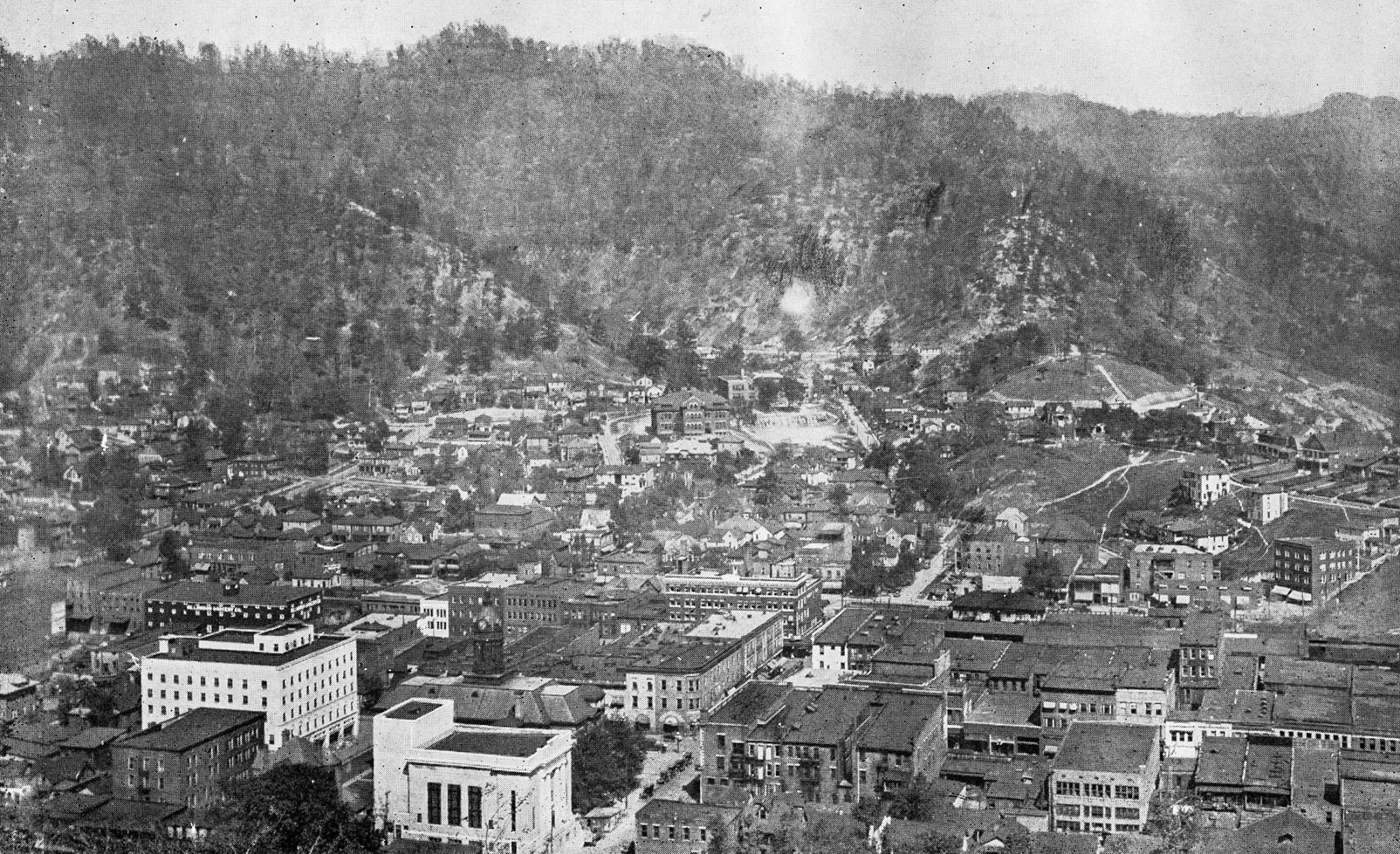Williamson, West Virginia, in Mingo County is a city that is known as the “Heart of the Billion Dollar Coalfields.” A visit to Williamson is a must for anyone curious about coal history in Appalachia. Williamson is one of the many locations in the coalfields to currently be in transition from its coal-centric past to a more diverse economy.

The area that is now Williamson was once part of a single-family owned farming property of John Green as granted by the Commonwealth of Virginia (prior to the birth of West Virginia) in 1795. The land was sold off through the years until a large parcel ended up in the hands of what would become the city’s namesake family led by Benjamin Williamson in 1858 (many feel the city was actually named for Benjamin’s son, Wallace J. Williamson.) The Williamson family ended up conveying the land to the Williamson Mining and Manufacturing Co. in 1891.

The railroad that would soon become known as the Norfolk & Western Railway began to lay track and the year 1901 saw coal mining begin to take hold in the Williamson area.
Williamson continued to grow in population and wealth as it became a major hub for the mining and railroad industries. In 1905, Williamson had grown to the point that it became chartered as a city. The early city experienced problems with fires as many of the buildings and homes in the area were built from the plentiful wood in the area. Williamson continued to grow and flourish despite these setbacks.
The prosperity led to the development of one of the most unique landmarks in all of Appalachia, the Coal House Building, in 1933. The concept of the Coal House Building owes to the then manager of the Norfolk & Western Railways Fuel Department, O.W. Evans. The Coal House Building was built as a tribute to the contribution of coal in the development of the city. Designed by local architect Hassell T. Hicks of Welch, WV, the exterior walls are made of 65 tons of coal from the local Winifrede Seam. The building exterior was designed to be weather-resistant but did suffer major interior damage from a fire in 2010. The Coal House Building currently serves as the Tug Valley Chamber of Commerce.

Williamson is located along the Tug Fork of the Big Sandy River which has proved problematical due to flooding issues. In fact, many cite the “Great Flood of ’77” as a turning point in the fortunes of this once thriving city. The flood wiped out numerous businesses and rendered over 2,000 people homeless. Engineering and structural changes arose after this flood in response to the overwhelming devastation to prevent a similar occurrence in the future.


Today, the downtown area of Williamson is similar to other coalfield cities in transition such as Welch and Bluefield. A lot of positive developments are interspersed with dilapidated homes and buildings as the city attempts to revitalize the downtown area. The city has a rich coal history to draw upon and overlaps much of the Hatfield & McCoy Feud attractions giving reason for continued optimism for further advancements.
The population was an estimated 2,676 in 2019 down from the high of 9,410 in 1930, making Williamson down more than 1/3 from its heyday.
“The Heart of the Billion Dollar Coalfields” is still beating and very much alive despite the loss of much of the coal industry revenue from the past.
